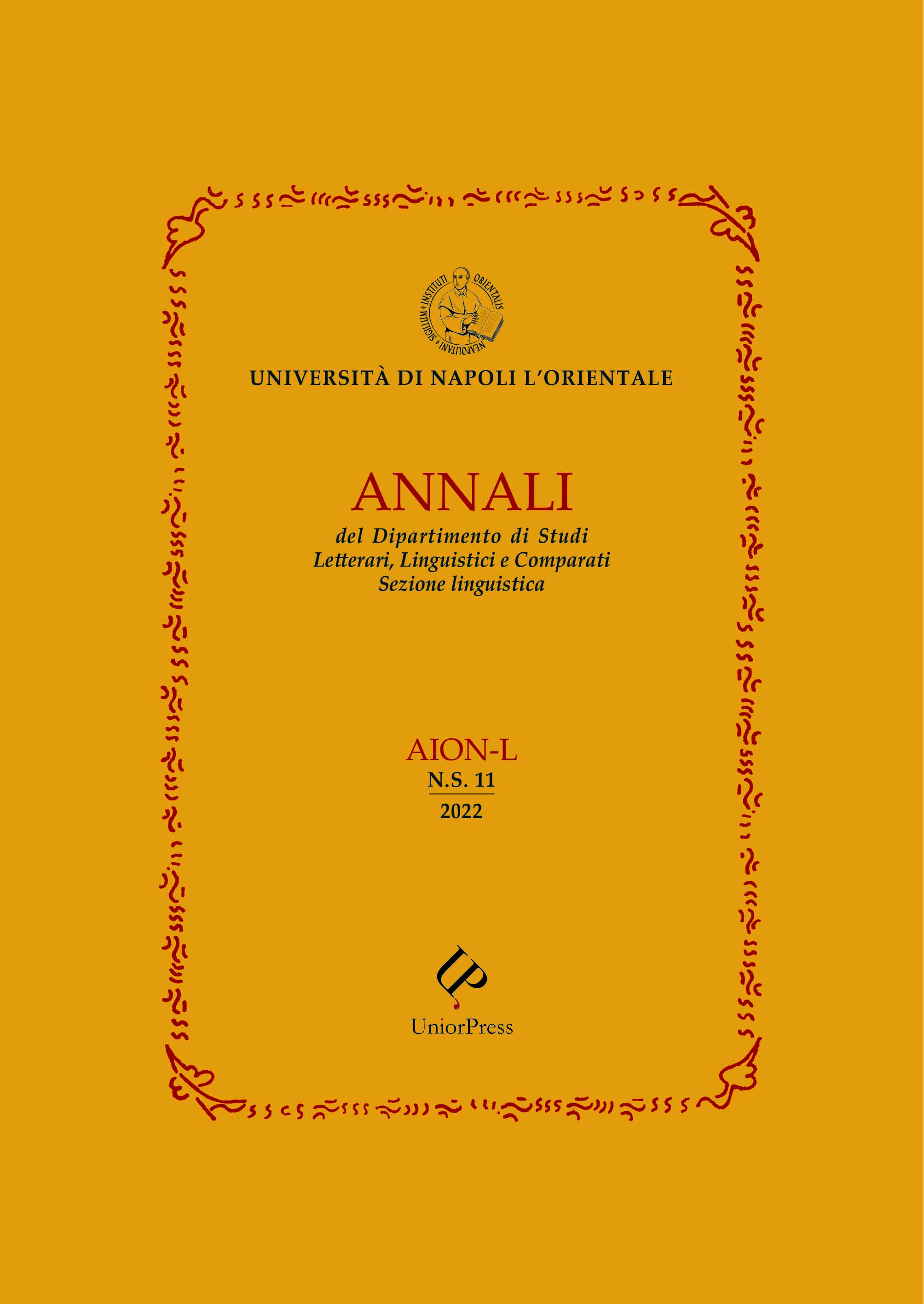A case of verbal hygiene: using forms with ə in Italian
DOI:
https://doi.org/10.6093/2281-6585/9623Abstract
In the early twenties of the 21st century, individuals and social groups in Italy are expressing a wish to adopt appropriate linguistic forms to represent gender identities other than those coinciding with the two poles of the binary opposition male-female. In particular, many have begun to experiment with the use of forms ending in -ə (schwa) instead of the vowels -a/-e, -o/-i, perceived as exponents of the ‘masculine’ and ‘feminine’ gender values. This article, after a framing of the problem in relation to the grammatical aspects of the gender category in the languages of the world and in Italian, and to the previous debate on the use of non-sexist language in referring to women, studies the variety of Italian with <ə> adopted by the publishing house effequ. The article illustrates some grammatical problems specific to the current use of this variety, and finally discusses some general problems that the adoption of forms with <ə> raises in Italian, and the general question of the possibility of deliberate language change, also in connection with verbal hygiene practices (Cameron 2012).





